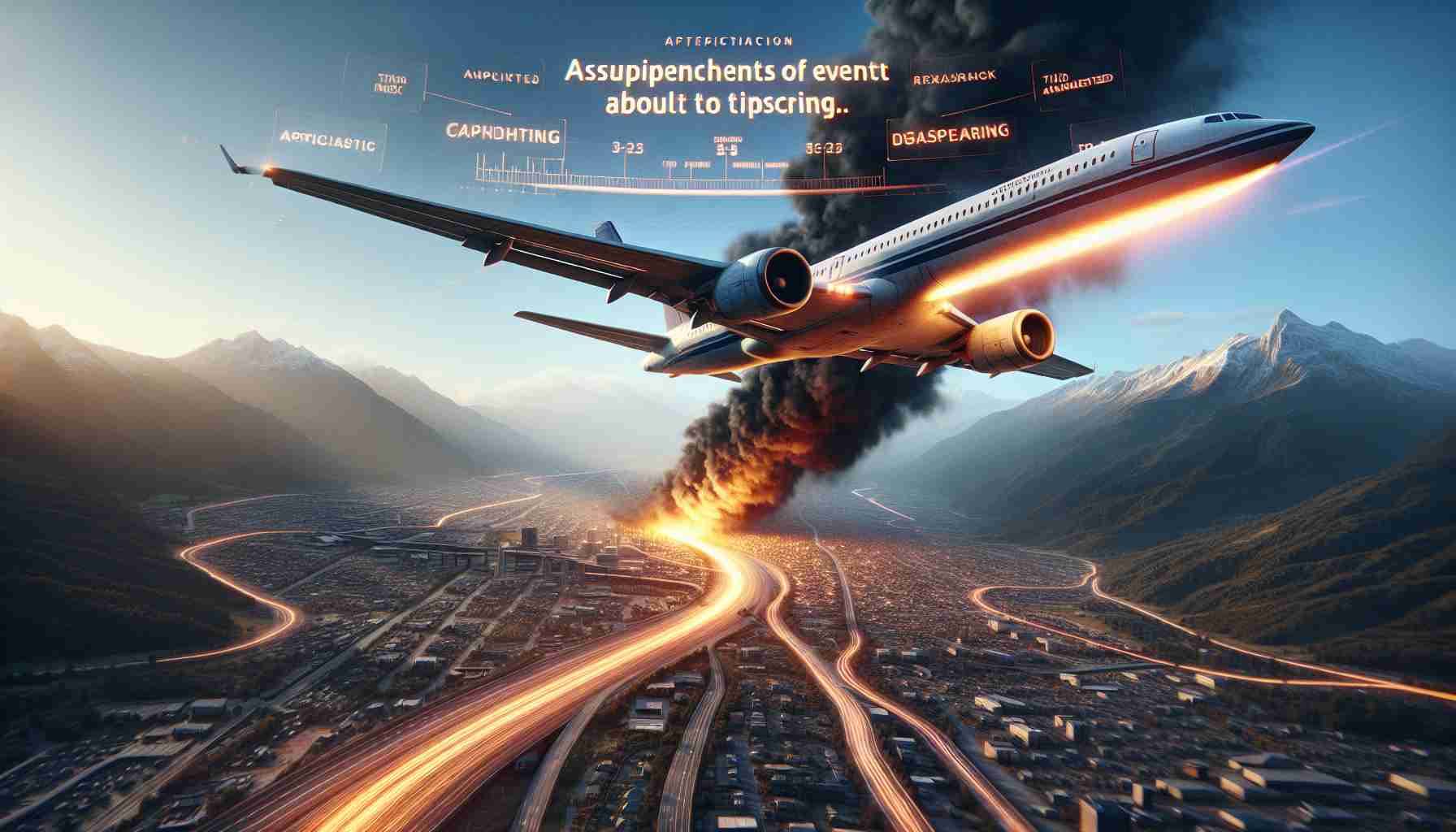Seville is renowned for its stunning streets that captivate both locals and tourists alike. Iconic roads like Mateos Gago offer breathtaking views of the Cathedral and the Giralda, while the narrow, winding alleys of Santa Cruz evoke a sense of mystery. The vibrant Calle Betis in the Triana district is celebrated for its colorful houses lining the river.
However, not all streets in Seville share this charm and aesthetic appeal. Some urban areas serve a more utilitarian purpose and lack the picturesque elements that characterize the city’s historic heart. According to artificial intelligence assessments, certain streets are considered less attractive.
The Ronda del Tamarguillo stands out as a prime example of this sentiment. Created in the late 1980s to enhance connectivity for the Expo ’92, this thoroughfare stretches over 2.5 kilometers, linking the southern areas of Seville with Nervión and Cerro Amate. AI critiques suggest it is primarily functional, designed for heavy traffic rather than leisurely exploration, which diminishes its visual allure when compared to the city’s more historic neighborhoods.
Alongside it, roads like the Polígono Calonge and Ronda Norte are often viewed unfavorably. These streets are situated in industrial or outlying neighborhoods, featuring a more practical layout and fewer decorative elements. Despite these perceptions, it is essential to recognize that every area of Seville contributes to the city’s diverse urban landscape.
Seville’s Urban Landscape: Balancing Beauty and Functionality
Seville’s urban landscape is a fascinating blend of historical grandeur and contemporary functionality. While picturesque streets and majestic plazas dominate the city’s image, there are areas that highlight the essential role of practical urban design. This article delves into the lesser-discussed aspects of Seville’s urban environment, raising important questions regarding urban development and sustainability.
What are the defining elements of Seville’s urban landscape?
The beauty of Seville’s urban landscape lies not only in its historical sites, such as the Alcázar and Plaza de España, but also in its modern architecture and urban planning initiatives. The city is renowned for its mix of Moorish, Gothic, and Baroque architecture, creating visually striking contrasts with contemporary structures like the Metropol Parasol, a modern wooden structure that offers shade and a viewpoint over the city.
What key challenges does Seville face in urban planning?
One of the significant challenges Seville encounters is maintaining a balance between preserving its historical heritage and accommodating the needs of a growing population. The rapid urbanization and increase in vehicle traffic have led to congestion and pollution, thereby affecting the quality of life for residents. Additionally, there are ongoing debates about how to integrate green spaces within urban environments, promoting sustainability without detracting from the historical aesthetic.
Are there controversies surrounding urban development?
Yes, there are controversies regarding new developments, especially in historic neighborhoods. Residents often express concerns that modern constructions may overshadow the city’s traditional charm. Moreover, gentrification poses a risk, as rising property values can displace long-term residents, altering the socio-cultural fabric of neighborhoods. The renovations of historical sites sometimes face backlash from preservationists who argue that they may jeopardize the authenticity of these locations.
Advantages and Disadvantages of Urban Design in Seville
Advantages:
– Cultural Heritage: The preservation of historical architecture attracts millions of tourists annually, contributing to the local economy.
– Improved Infrastructure: Modern roads and transport systems enhance connectivity, making it easier for inhabitants and visitors to navigate the city.
– Public Spaces: Projects aimed at enhancing public areas, such as parks and pedestrian-friendly zones, improve the quality of life and promote community interactions.
Disadvantages:
– Urban Sprawl: Overdevelopment can lead to the loss of green spaces and increased air pollution, impacting residents’ health.
– Traffic Congestion: An increase in vehicular traffic can overwhelm the current infrastructure, leading to longer commute times and frustration.
– Cultural Erosion: Rapid modernization can overshadow traditional practices and lifestyle, leading to cultural homogenization.
Conclusion
Seville’s urban landscape continues to evolve, reflecting the city’s rich history while adapting to modern-day challenges. As debates about urban planning and development progress, finding harmonious solutions that respect Seville’s unique cultural identity is imperative. The city’s ability to integrate beauty with functionality will determine its resilience in the face of contemporary urban challenges.
For more information on Seville’s urban development initiatives, visit Seville Official Website.






















